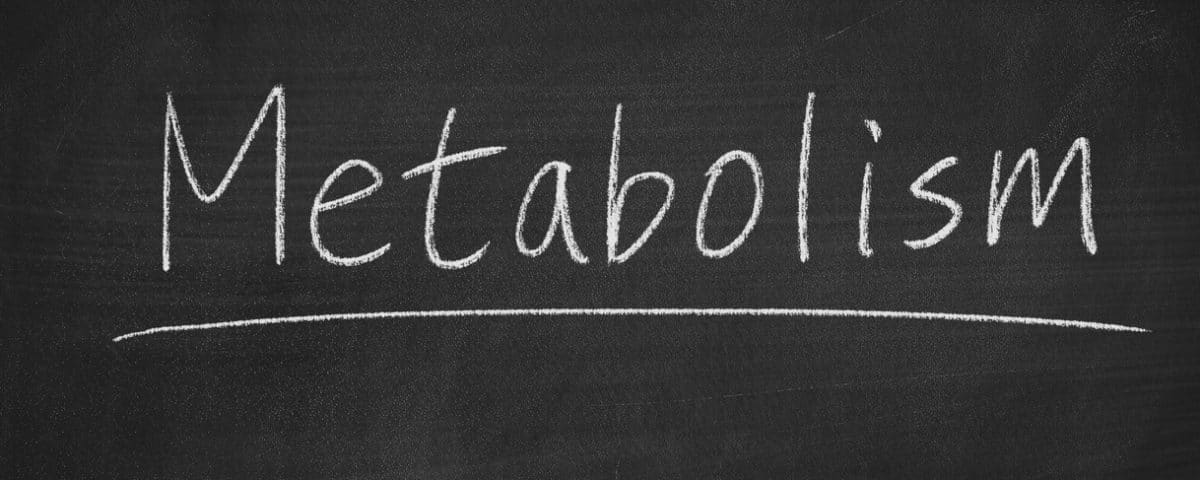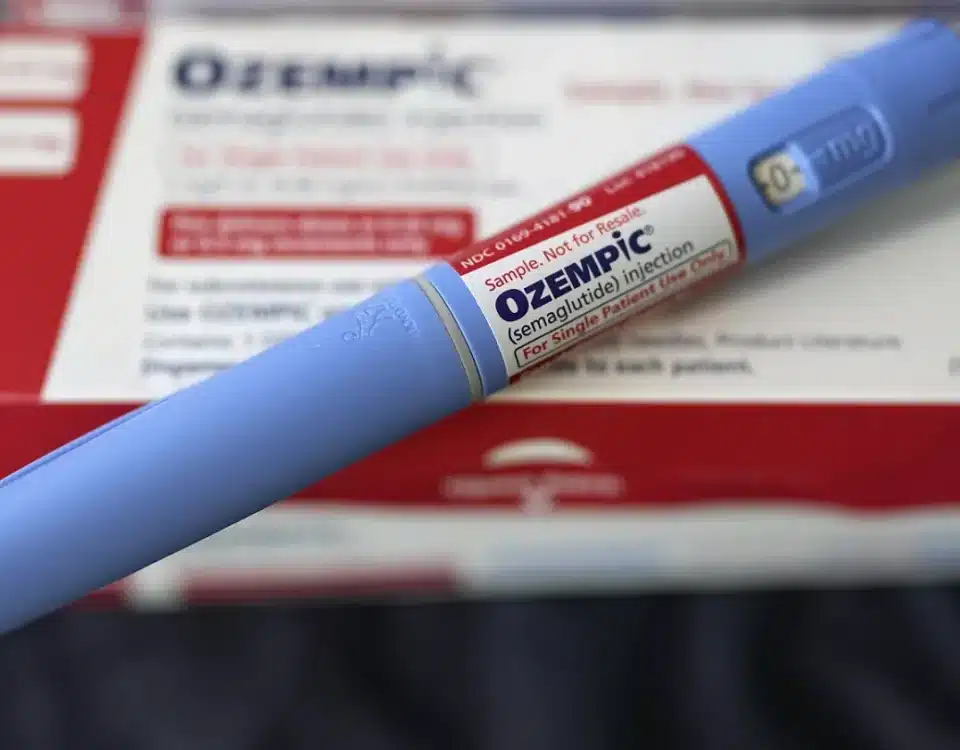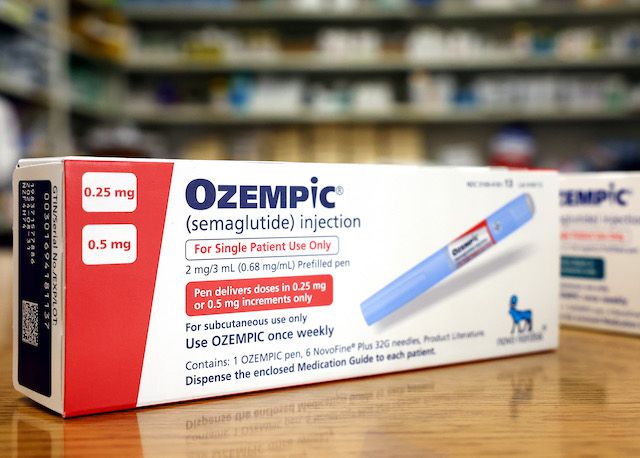
Understanding your metabolism
Human beings, like any other thing in the universe, cannot escape the laws of thermodynamics. Matter can neither be created nor destroyed, only transformed. Food serves as fuel and raw materials for the entire body. The balance between what goes into the machine and what is used determines how much fat is stored, how much fat is eliminated or whether everything remains stable.
The fuel (calories) required for metabolism can come from extra fat stored or from food.
Calories can be expended in three ways.
1. Basal metabolism is the number of calories consumed each day to keep the body alive. We burn calories even when we sleep since breathing, heartbeats and the function of each of the body’s cells require fuel. Most calories are expended for these body requirements. A person who does absolutely nothing, who, for example, just sleeps, expends approximately _ a calorie per pound of body weight (1 calorie per kg) per hour. Thus a person weighing 220 lbs. (100 kg) would burn approximately 100 calories an hour in this state. People with a slower metabolism burn about 20% less; people with a faster metabolism burn 20% more.
What determines basal metabolism is the amount of lean mass. It is important to measure the percentage of fat using the lipograph to know exactly what your percentage is. For example, a person who weighs 220 lbs., 40% of which is fat, has 132 lbs. of lean mass and a slower metabolism than a person weighing 220 lbs. with 30% fat and 154 lbs. lean mass. Basal metabolism can decrease 15% during a diet but returns to a normal level, appropriate for the new lean mass, during the maintenance phase. If you lose too much lean mass when dieting, your metabolism will slow down. If not, it will remain normal. The best way of maintaining a good amount of lean mass is to be physically active and to eat a sufficient amount of protein. Therefore, we are providing you with very specific guidelines on this.
2. The thermal effect of food. The body must expend calories for digesting, transforming and storing food. Approximately 10% of calories are expended in this manner. The body will burn more calories to absorb proteins and carbohydrates than fats.
3. The thermal effect of physical activity. On average, physical activity represents 20% of the calories that you burn each day. Every time you move, even just a little, you burn calories. Walking is certainly the most popular way of increasing metabolism. We can estimate the calories expended while walking by multiplying a person’s weight in kg by the distance in km. For example, a person weighing 100 kg (220 lbs.) who walks a distance of 2 km (1_ mile) will burn 200 calories. If you walk faster, you walk 2 km in less time, but you don’t burn more calories. Let’s say that this person lost 20 kg. She must walk farther, say 2.5 km instead of 2 km to burn the same amount of calories than before she lost weight. A person who weighs more burns more because she carries more weight, and more effort is required to burn this extra weight.
A few years ago, when we didn’t have accurate tools, it was believed that obese people had a slower metabolism. With better tools now available, scientists world-wide have arrived at a different conclusion: obese people burn on average more calories than thinner people. This is true even for people with an abnormally slow metabolism.
What remains a mystery is why it takes certain people more food to feel satisfied and other people it takes less. Another mystery is that certain obese persons are really convinced that they eat very little. However, when these people are observed in labs, we always find that they eat more than they think, often even double the amount.
If you want to lose weight for good, you should stop thinking that obesity is only genetic or a result of a metabolic problem. If you really want to, you can be successful in changing your habits and your way of thinking. We are here to help you.
Maurice Larocque MD




